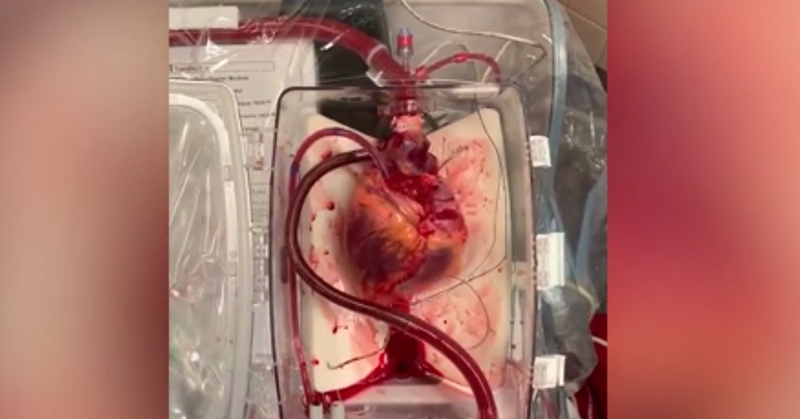The heart is the main organ responsible for sustaining life in our bodies, and when it ceases to beat, we perish. However, advancements in medical science have made it possible to revive a “dead” heart. In a groundbreaking trial conducted at Duke University Hospital in Durham, North Carolina, doctors successfully brought a non-beating heart back to life for the first time in the United States. They achieved this through a process known as Donation after Circulatory Death (DCD). Typically, heart transplant surgeries involve open-heart surgery that can take several hours. The diseased heart is removed, and a healthy donated heart is transplanted in its place. The donor heart must be in good condition, free of disease, and ideally match the recipient’s blood and tissue type. However, the demand for heart transplants far exceeds the supply of available donors, leading to lengthy waiting times and increased risks for patients on the transplant list. Donation after Circulatory Death (DCD) offers a new solution by using hearts that have stopped beating. This innovative approach has the potential to significantly increase the number of viable donor hearts, reducing waiting times and saving more lives. While there are concerns about warm ischemic time during DCD transplants, experts believe this method could offer advantages over traditional heart transplants in certain cases. Despite logistical challenges, the success of the trial at Duke University Hospital signals a promising future for heart transplants and the patients in need of this life-saving procedure.






